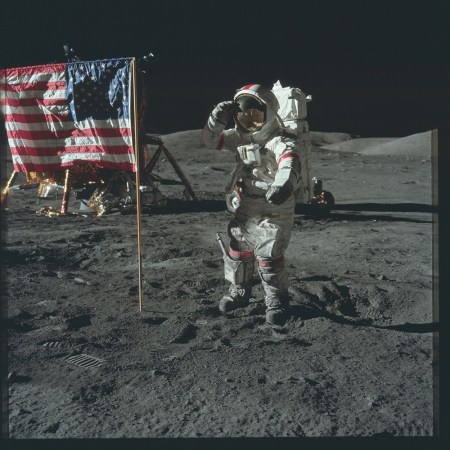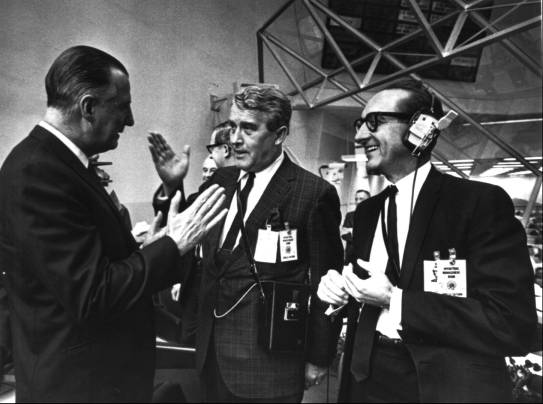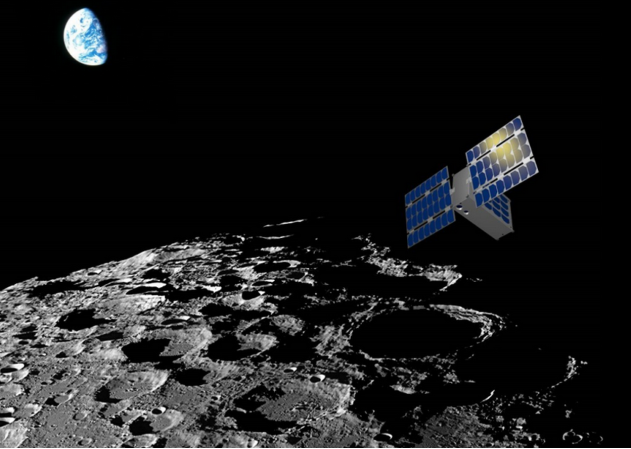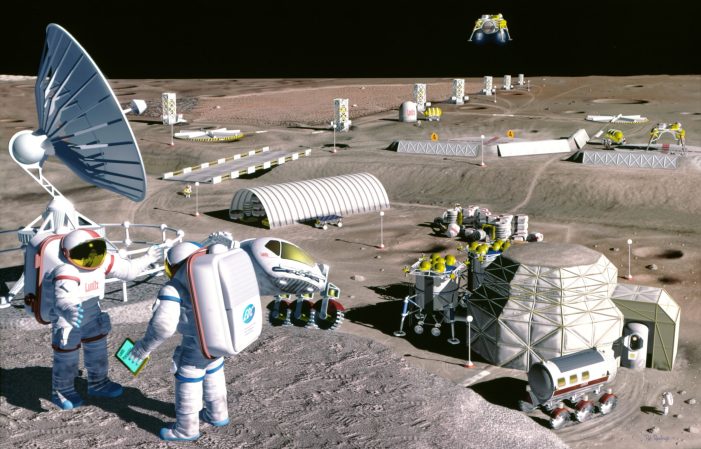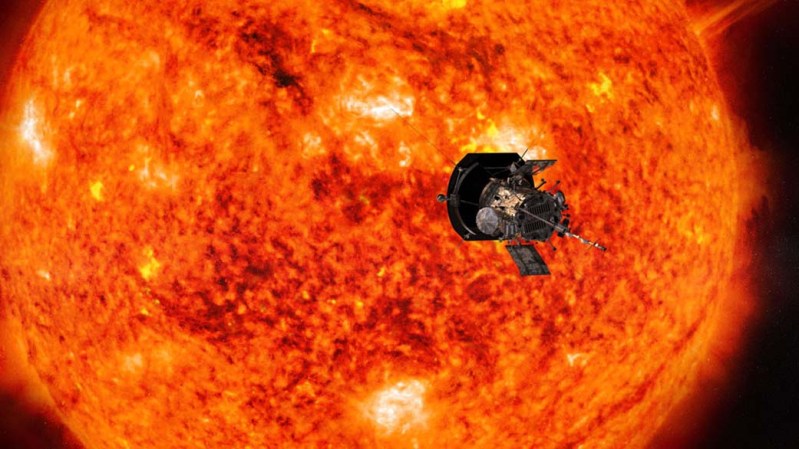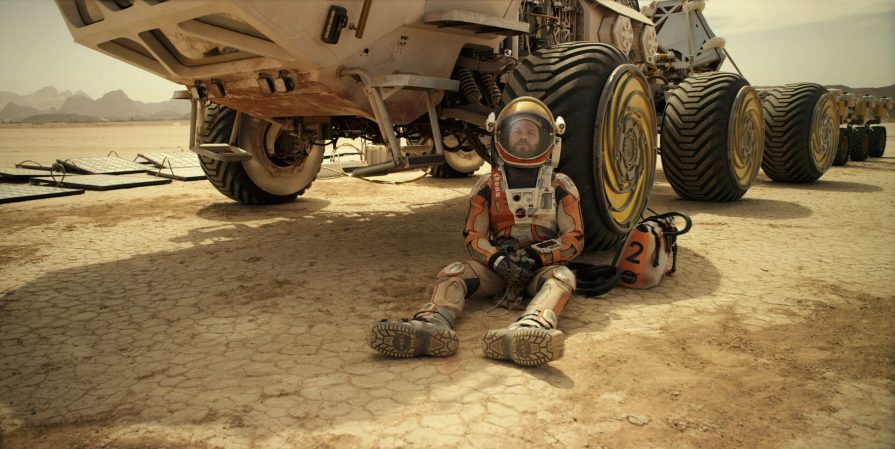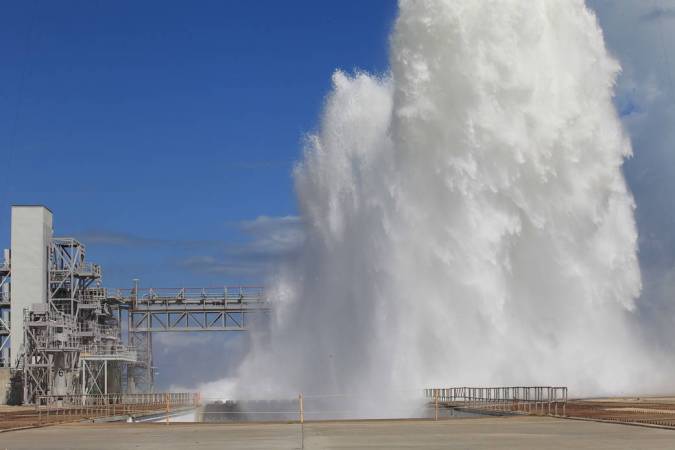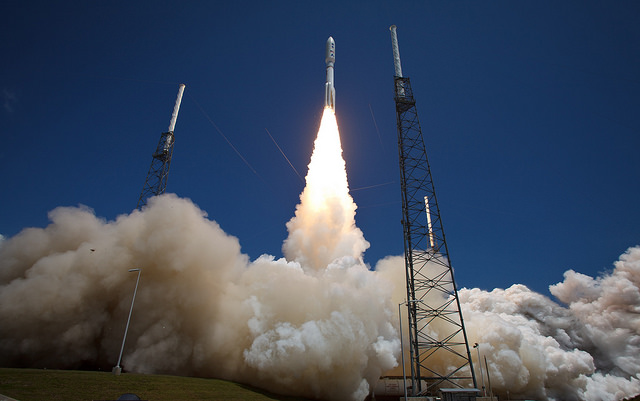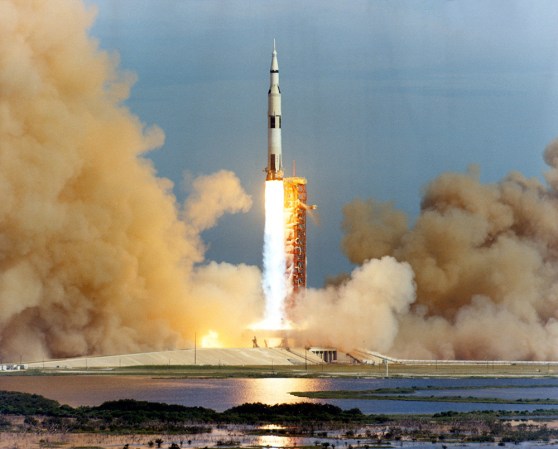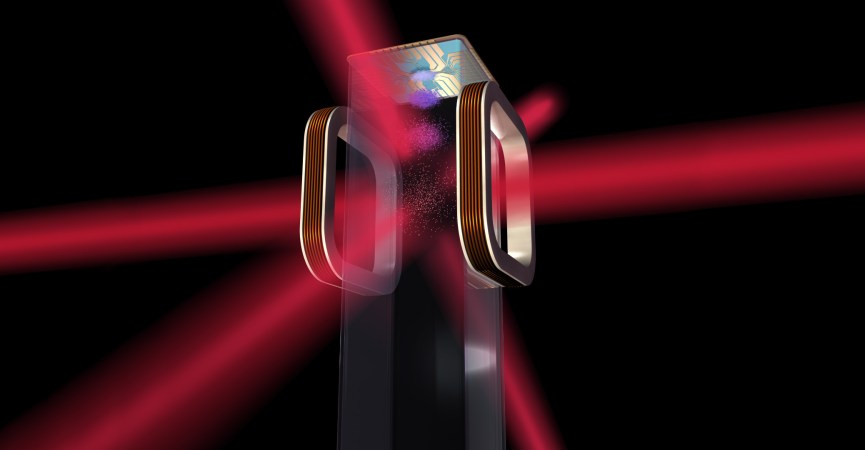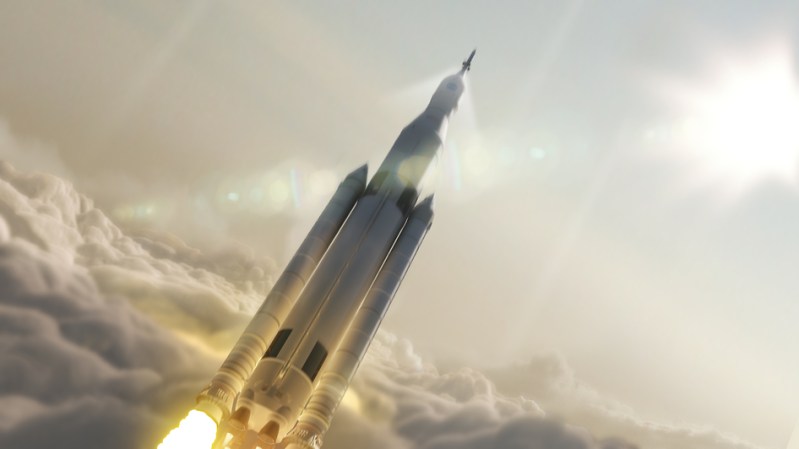

NASA’s most powerful rocket, called the Space Launch System (SLS), rolled to the launch pad at Kennedy Space Center on March 18 and is wrapping up its first “wet dress rehearsal” in the next day or two. The moon-bound SLS will shuttle the uncrewed Orion spacecraft during the Artemis I mission (currently scheduled for May 2022) and a crewed capsule with the Artemis II mission (slated for 2024, but likely launching much later). At 322 feet tall and 3.5 million pounds, it’s one of the largest rockets ever built—and will produce 15 percent more thrust than the Saturn V vehicle behind the final Apollo lunar missions.
The wet dress rehearsal involves fueling drills and a mock clocking system, according to a NASA update on the mission page. “Now at the pad for the first time, we will use the integrated systems to practice the launch countdown and load the rocket with the propellants it needs to send Orion on a lunar journey in preparation for launch,” Tom Whitmeyer, deputy associate administrator for Common Exploration Systems Development at NASA Headquarters in Washington, said in the post. The SLS has four liquid-propellent engines and a pair of 17-story-tall boosters that can burn close to 3 million gallons of fuel in under eight minutes—the amount of time it will take to push Orion into low Earth orbit. Those boosters give it enough heft and thrust to carry 59,500 pounds of cargo for hundreds of thousands of miles, earning it the title of a heavy-lift, deep-space rocket.
[Related: Hermes will be NASA’s mini-weather station for tracking solar activity]
Building the SLS has been a decade-long process for NASA and its manufacturing partners. The space agency first shared the rocket’s design with the public back in 2011. Initially, NASA had planned the maiden mission for 2017—but that date was pushed back several times due to issues with the power unit and other parts in the Orion spacecraft. If all goes well with the wet dress rehearsal, however, the vehicle could hit the launch pad for real in another few weeks.
The one downside to the system is that it isn’t completely reusable. At $23 billion, construction expenses have already exceeded the original budget; the cost per-mission is estimated to be around $2 billion. A salvageable vehicle, like SpaceX’s stainless steel Starship prototype, could fly people and payloads over long distances for far less money. But for now, NASA has its sights set on putting its most heavy-hitting rocket a little closer to the moon, and someday Mars.
See some NASA photos from the SLS launchpad rollout below.



In this view looking down in High Bay 3 of the Vehicle Assembly Building at Kennedy Space Center, the Artemis I Space SLS and Orion spacecraft can be seen without any work platforms surrounding them on March 17, 2022. NASA/Kim Shiflett


Correction (March 21, 2022): The story first incorrectly reported that the SLS rocket is more than double the height of the Saturn V. That measurement was taken from the Saturn V’s height without boosters: All together, the older rocket is actually slightly taller than the SLS.
